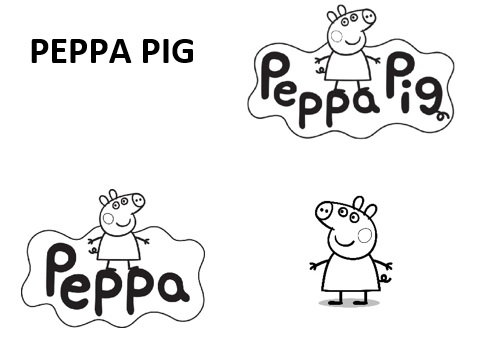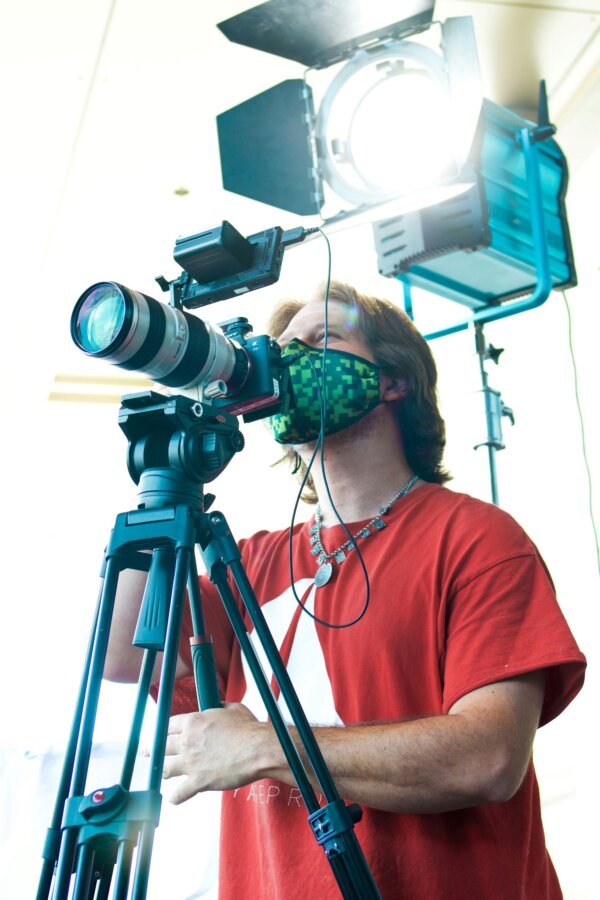This little piggy went …
Written by Éamon Chawke | April 5, 2019
Wee wee wee … all the way to the General Court of the European Union.
In 2016, the EU Intellectual Property Office (EUIPO) found that the Peppa Pig logo and the Tobbia logo (both below) were not confusingly similar trade marks and, therefore, that the Tobbia trade mark should not be cancelled on the basis that the Peppa Pig trade mark had been filed earlier.
In 2017, the decision of the EUIPO was appealed by the owners of the Peppa Pig trade mark and the Board of Appeal (BOA) reversed the decision of the EUIPO finding, therefore, that the Tobbia trade mark should be cancelled on the basis that the trade marks were confusingly similar and the Peppa Pig trade mark had been filed earlier.
The decision of the BOA was subsequently appealed by the owner of the Tobbia trade mark and, last month, the General Court of the European Union (GC) handed down its decision and confirmed the decision of the BOA.
Similarities between the signs
The first thing the GC had to consider was the similarities between the trade marks.
Visually, the GC found that the shape of the head and snout is almost identical in both marks. The court acknowledged that there were some differences (clothes, colours and word elements). However, the court was satisfied that those differences were not sufficient to outweigh the visual similarities. The GC emphasised that the average consumer normally perceives a mark as a whole without analysing individual details.
Phonetically/aurally, the GC acknowledged that there were differences between the word elements of the marks when spoken/heard, but found that there was certain correlation between the “peppa” and “tobbia” elements and that correlation was considered sufficient to establish similarity between the two marks.
Lastly, conceptually, the GC found that the marks were conceptually similar in that they both represent a pig!
Global assessment
Secondly, it is a well-established principle of EU trade mark law that, when comparing trade marks for the purposes of cancellation, opposition or infringement proceedings, it is necessary to perform a ‘global assessment’ of the likelihood of confusion based on all relevant factors and the overall impression compared by both marks, taking their distinctive and dominant elements into account.
The GC found that the BOA had not made an error when carrying out the assessment of the likelihood of confusion and emphasised that in the clothing sector in particular visual similarity will as a general rule be more important than phonetic and conceptual similarities (because goods bearing the marks are usually sold in self-service stores where consumers choose the products themselves and must therefore rely on the image of the mark as applied to the product).
Ultimately, the court found that, the figurative elements of the marks are extremely similar and consumers would not overlook them due to their position and size in both marks.
Briffa comments
There are a few points to be taken away from the piggy saga:
First, trade mark searches are important. Before filing for trade mark protection, it is important to carry out searches on the relevant trade mark registers and online generally (e.g. Google images searches) to identify any competitors with potentially similar trade marks (registered or unregistered).
Second, when deciding whether or not to proceed, notwithstanding a potentially similar prior mark, it is important to consider and compare all aspects of the trade marks, including visual, phonetic and conceptual similarities with an experienced trade mark lawyer. Verbal elements (i.e. the words in the mark) are often considered to carry more weight (because words are generally perceived to be more easily remembered by consumers). However, in this case, the court was more influenced by the striking visual similarities between the non-verbal elements (i.e. the pictures in the marks). Therefore, all aspects of the trade marks must be considered.
Finally, in order to obtain maximum brand protection, it is important to consider seeking trade mark protection for multiple aspects of the brand. In this case, the owners of the Peppa Pig mark subsequently obtained trade mark protection for multiples aspects and variation of the brand, which means that it in future cancellation, opposition, infringement proceeding, the would have more options and be in a strong position generally.
Briffa are experts in all aspects of trade mark law and practice. If you would like to book a free consultation to discuss any trade mark or other intellectual property issues, please do not hesitate to contact us on 020 7096 2779 or info@briffa.com.
Written by Éamon Chawke, Solicitor


